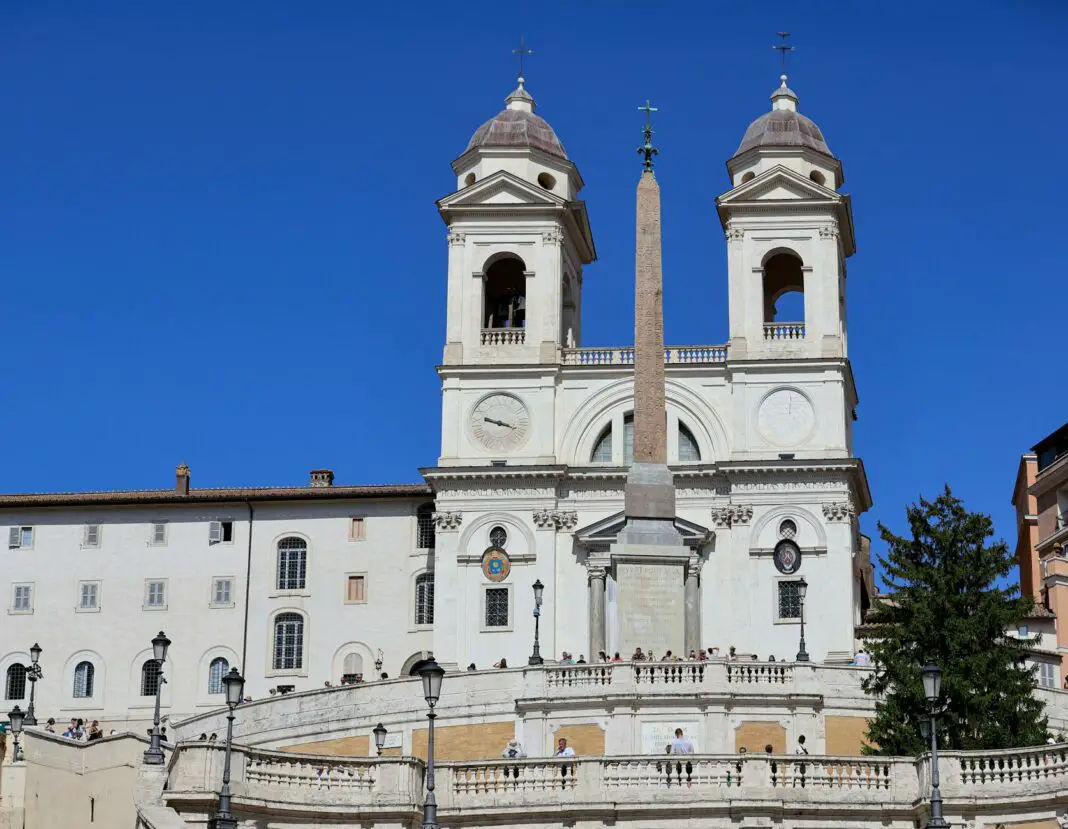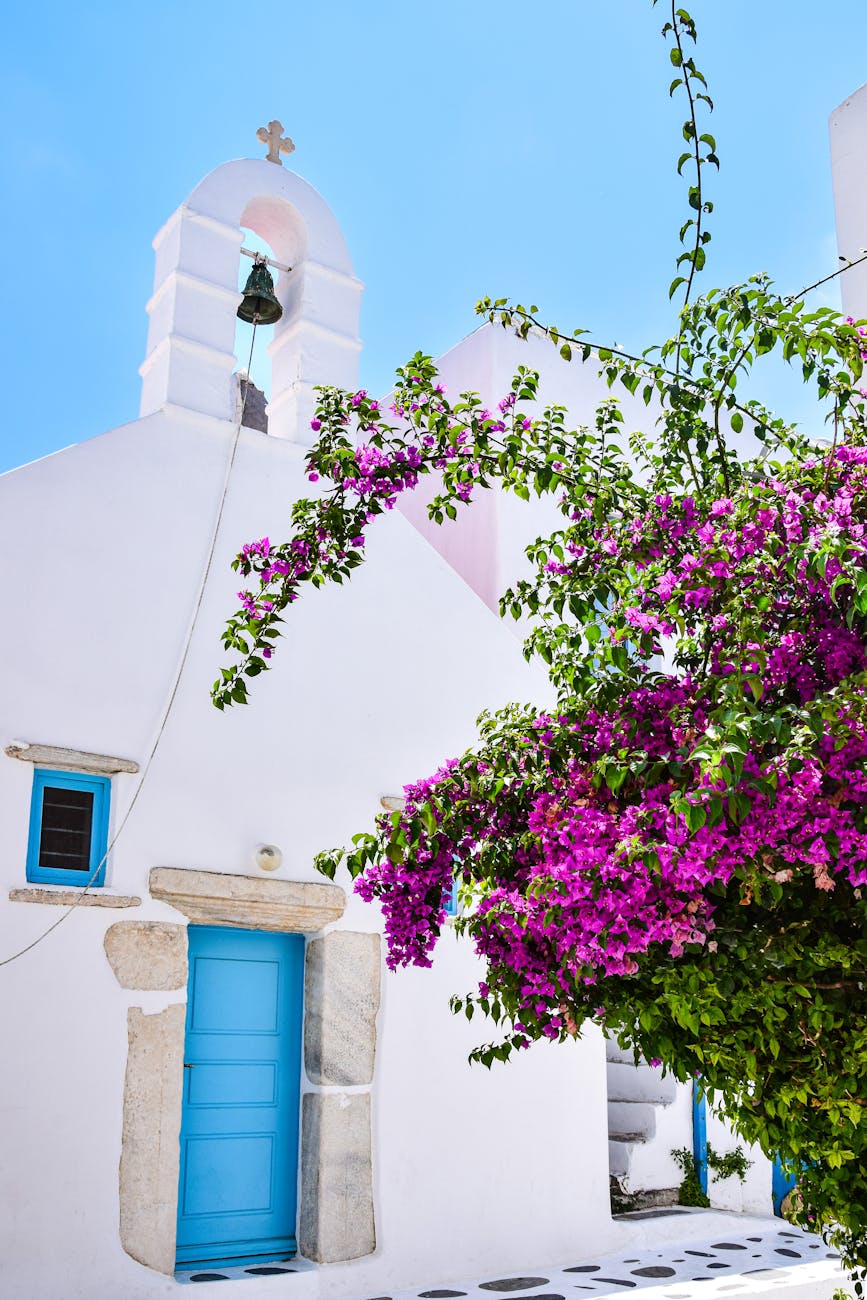Table of Contents
Exploring religious landmarks around the globe not only enriches our understanding of diverse cultures, but it also exposes us to the divine designs crafted by human hands. Whether you’re a history buff, an architecture enthusiast, or just someone with a wandering spirit, religious sites have a way of transforming an ordinary holiday into an extraordinary pilgrimage. They invite us to connect with the profound spirituality and intricate histories woven into the fabric of humanity.
In this blog post, we will dive deep into five remarkable religious landmarks that promise to elevate your next holiday experience. These awe-inspiring sites are infused with history, culture, and breathtaking architectures, making every visit a unique journey that resonates within. Let’s explore these transcendent places that have the power to uplift your spirit and ignite your sense of wonder.
The Taj Mahal stands as a testament to love, beauty, and architectural brilliance. Often referred to as the crown jewel of India, this exquisite mausoleum was commissioned by Emperor Shah Jahan in memory of his beloved wife, Mumtaz Mahal. Its ethereal white marble facade shimmering under the warm sun creates a picturesque scene that is simply unforgettable. Each angle offers a fresh perspective on its intricate carvings, lush gardens, and reflective pools, captivating all who visit.
As you wander through its expansive grounds, the reverberation of ancient stories wraps around you, pulling at the threads of your imagination. This iconic structure invites travelers to not only admire its beauty but also to ponder the deep love that inspired its creation. Visiting the Taj Mahal at sunrise can be a transformative experience, as the golden morning light dances across its surface, enhancing its mystical aura. It isn’t just a landmark; it’s an emotional journey into love and loss that seamlessly blends romance with history.
Vatican City, the heart of Catholicism, boasts some of the most remarkable art and architecture ever conceived. Home to St. Peter’s Basilica, the Sistine Chapel, and numerous museums, this tiny independent city-state is brimming with artistic treasures that have inspired millions. The grandeur of St. Peter’s Basilica, with its majestic dome designed by Michelangelo, invites visitors to look up in awe and wonder. The breathtaking ceilings covered in stunning frescoes narrate stories from the Bible, echoing the spirituality that reverberates throughout this sacred site.
Moreover, the history that unfolds in every corner of Vatican City is fascinating. Each piece of art and architecture tells a story spanning centuries, encapsulating the evolution of faith and creativity. Adventurous travelers often spend hours exploring the expansive grounds, immersing themselves in the rich tapestry of tradition. A visit here isn’t just about sightseeing; it’s about absorbing the profound sense of history, spirituality, and artistry that makes this place utterly unique—an experience that reshapes one’s perception of faith and worship.
Angkor Wat, the largest religious monument in the world, unfolds like a grand narrative about ancient civilizations and their spiritual beliefs. Originally constructed as a Hindu temple, it gradually transitioned into a Buddhist site, encapsulating the dynamic interplay of faith throughout the centuries. The sheer scale of this architectural wonder, with its intricate carvings and stunning reflection in the surrounding moats, evokes a sense of serenity, drawing you into its mesmerizing beauty.
As you traverse through the expansive temple grounds, each pathway unveils unique artwork that depicts various mythological tales, a true testament to the artistic prowess of the Khmer Empire. The experience of witnessing sunrise over Angkor Wat is nothing short of magical; the temple is illuminated with hues of gold, bathing the ancient stones in a soft glow that feels almost otherworldly. Visitors inevitably find themselves absorbed by the spiritual essence that flows through Angkor Wat, enriching their journey with deep reflections on the interplay of history and spirituality.
While often recognized as a robust defense structure, the Great Wall of China also carries profound spiritual significance for many. Stretching over 13,000 miles, this monumental achievement showcases human determination and ingenuity. Symbolizing strength and perseverance, walking along this ancient wonder offers a unique perspective on the culture and history of China. Each brick, laid with purpose, tells a story of sacrifice and survival amidst a backdrop of stunning landscapes.
Every section of the wall has its own distinct character, reflective of the varying eras of construction. Whether you opt for the bustling Badaling section or the more serene Mutianyu, the spirit of the wall embraces all who journey along its path. The panoramic views from the peaks are truly breathtaking, making you ponder the human spirit and its relationship with the universe. A trek along the Great Wall is not just an exercise in hiking; it is a transformational experience, inviting you to reflect on your own challenges and victories while surrounded by nature’s splendor.
The Wailing Wall, also known as the Western Wall, serves as a poignant symbol of faith for Jewish people around the world. This ancient limestone structure, part of the Second Temple, stands as a testament to resilience and spirituality. Visitors often find themselves drawn to the wall, where they partake in the centuries-old tradition of placing prayer notes in its crevices—a powerful act of devotion that connects individuals to their heritage and beliefs.
Standing before the Wailing Wall, visitors are enveloped by a profound sense of history and reverence. The air buzzes with whispers of prayers and hopes, creating a dynamic atmosphere filled with spirituality. Each visit brings a deeper understanding of the challenges faced by the Jewish people throughout history. It is a place that inspires reflection and contemplation, granting insight into the rich tapestry of a culture deeply rooted in faith and tradition. For many, the experience of visiting the Wailing Wall transcends the physical act and becomes a spiritual awakening that lingers long after leaving its sacred grounds.
Every religious landmark mentioned in this post carries within it an invitation to embark on a transformative journey of discovery. As you delve into these magnificent sites, each rooted in its unique story, you will find your perceptions challenged and your spirit uplifted. From the romance of the Taj Mahal to the serene spirituality at the Wailing Wall, every destination offers a fresh perspective on life, love, and faith.
These magnificent sites remind us that amidst our busy lives, there is a world waiting to be explored—a world rich with history, culture, and spirituality. Whether you are searching for enlightenment, adventure, or a deeper connection with your inner self, these landmarks offer a breathtaking backdrop for reflection and growth. Imagine the lasting impressions and memories that await as you stand in the presence of such historic beauty!
What is the best time to visit these religious landmarks? Each location varies with seasonal tourism, but generally, spring and autumn provide mild weather and fewer crowds, allowing for a more intimate experience.
Are there any dress codes to respect when visiting religious sites? Yes, many religious landmarks require modest clothing. It is advisable to cover shoulders and knees, and remove hats or shoes when required.
Can I take photographs at these locations? Photography policies vary by site. Some places encourage it, while others prohibit flash photography or restrict photos entirely, so be sure to check ahead of your visit.
Is it possible to join guided tours at these landmarks? Absolutely! Guided tours can enhance your experience, providing valuable insights and stories about the history and significance of each site.
Image Credit: Pexels





